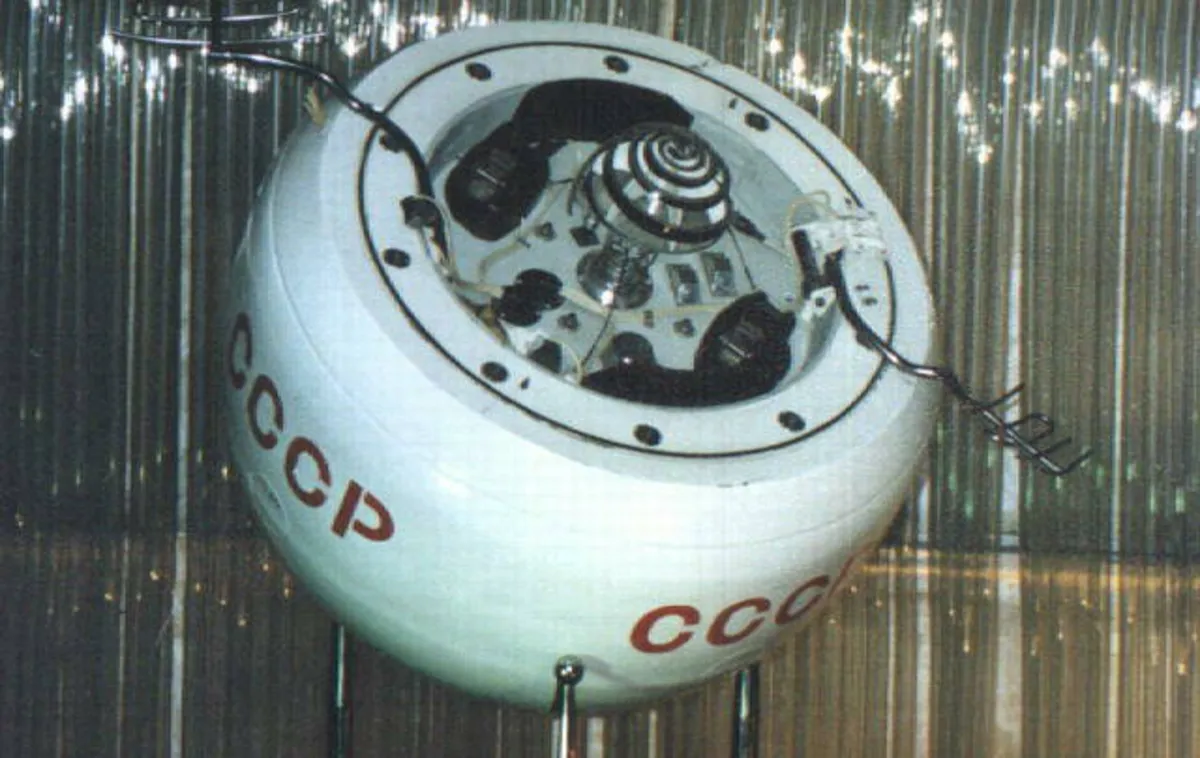
The odyssey of the Soviet Union's ambitious attempt to explore Venus came to a dramatic conclusion over the weekend. The spacecraft, known as Kosmos 482, either disintegrated during its reentry into Earth's atmosphere or what remained of it harmlessly splashed into the ocean. Launched in March 1972, this historic probe had been orbiting Earth for over fifty years, following in the footsteps of the Soviet Venera 8 probe.
Kosmos 482 was initially set to be the Venera 9 mission, but a suspected engine failure left this lander stranded in orbit. In the decades since its launch, the rocket stage associated with the spacecraft and its main bus successfully reentered the atmosphere, but the lander continued to circle the Earth until this past weekend. Scientists had expressed concerns that, given its design to withstand the intense conditions of Venus's atmosphere, the lander might also survive reentry through Earth's atmosphere. With a mass of nearly 500 kg, the probe could have impacted the surface at speeds approaching 240 km/h.
As the situation unfolded, the European Space Agency (ESA) released radar images from the Tracking and Imaging Radar (TIRA) at the Fraunhofer Institute for High Frequency Physics and Radar Techniques in Germany, which showed the spacecraft tumbling in orbit. Kosmos 482 was detected over Germany at 08:04 CEST (06:04 UTC) on May 10, but disappeared from radar during its next expected pass at 09:32 CEST (07:32 UTC).
Astronomer Jonathan McDowell highlighted reports from Roscosmos, Russia's space agency, indicating that the reentry occurred at 06:24 UTC over the Indian Ocean. However, he noted the agency did not provide specific details regarding their conclusions. Roscosmos later communicated via Telegram that calculations from specialists at TsNIIMash placed the probe's reentry at 9:24 Moscow time, approximately 560 km west of Middle Andaman Island, ultimately falling into the Indian Ocean west of Jakarta.
As of now, a precise time and location for Kosmos 482's reentry remain unverified. ESA stated, "We have not received any reports on direct visual observations of the final reentry or of any impacts on the ground." The fate of the probe was summed up in a brief statement from Roscosmos, declaring that the Kosmos-482 spacecraft had "ceased to exist." Given that the probe was tumbling, it is highly likely that it burned up upon reentry. While the spacecraft was engineered to endure the harsh conditions of Venus, its orientation during reentry was crucial for survival. Additionally, the heat shield may have suffered damage or cracks during its prolonged stay in orbit.
As we reflect on the end of Kosmos 482, we can only wonder what this means for future missions and the exploration of our solar system. The legacy of the Soviet Union's space program continues to intrigue and inspire, reminding us of both the challenges and triumphs of space exploration. As the world watches and waits, we can't help but joke about the possible rise of our alien overlords from the depths of the Indian Ocean.